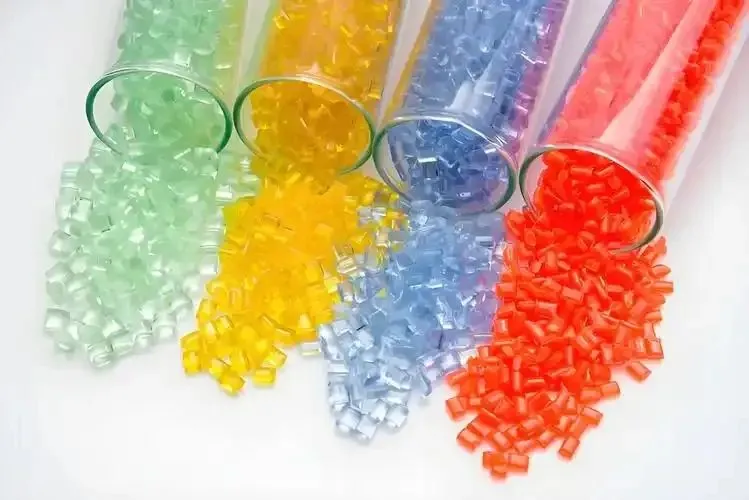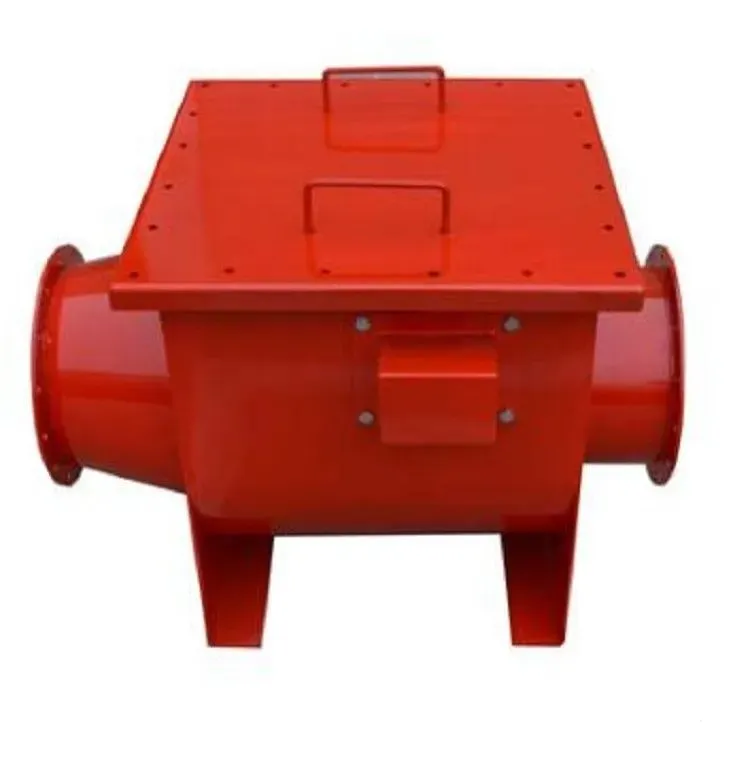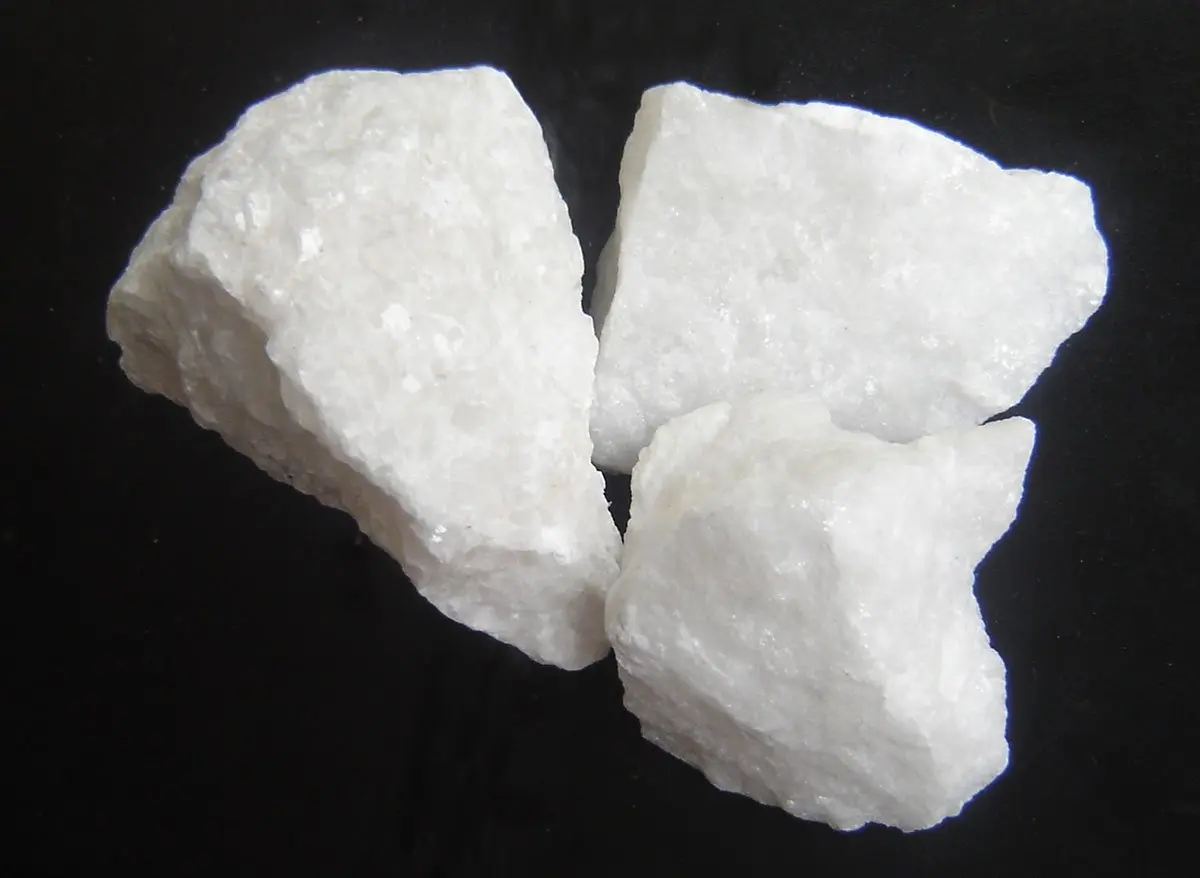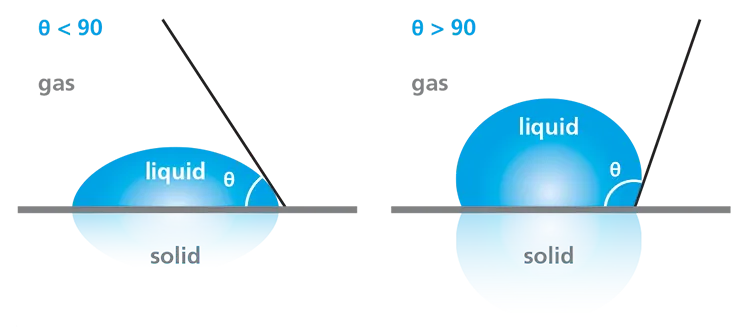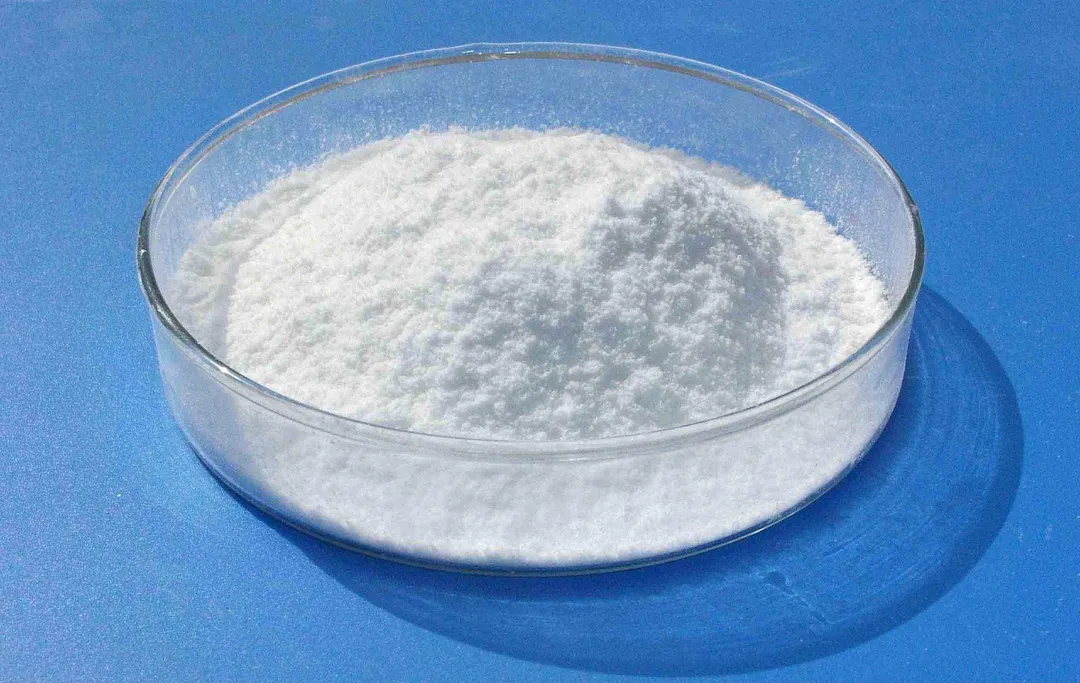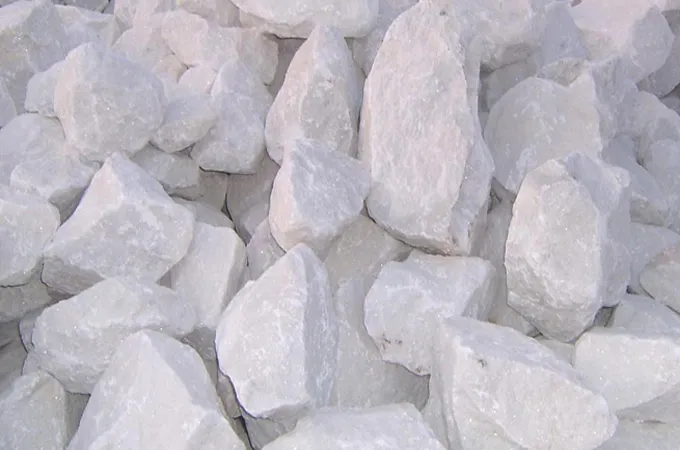Calcium powder residue can significantly influence the performance and quality of PVC products. This article outlines key methods to identify whether calcium powder residue is the culprit behind performance issues, ensuring you maintain optimal product standards.
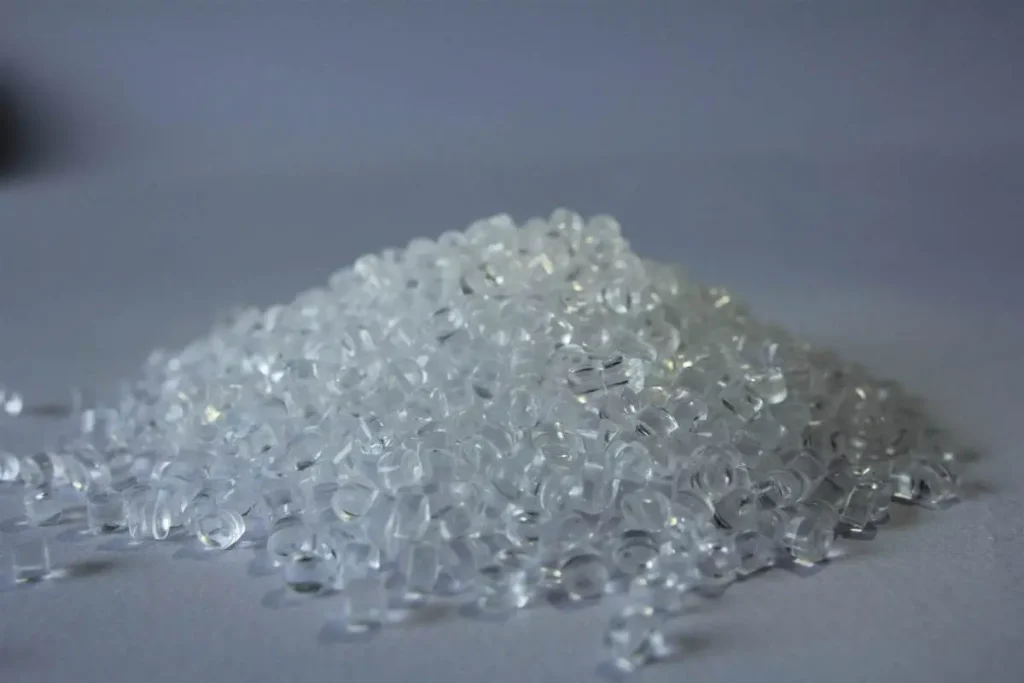
1. Appearance Inspection
The first step in identifying issues is to observe surface gloss, color uniformity and whether there is white powder residue on the PVC product. Excess calcium powder can reduce the product’s gloss, making it appear dark and uneven. If you can touch or see white powder on the surface, this is a strong indicator of calcium powder residue.
2. Physical Property Testing
Perform physical property tests such as compression and impact resistance. If the test results show that the hardness and brittleness of the product increase, and the toughness and impact resistance decrease, it may be caused by the presence of the residue.
3. Process Analysis
Understand the processing process of PVC products, including raw material ratio, processing temperature, plasticizing effect, etc. If problems such as poor material dispersion, uneven plasticization, and difficult to control product thickness are found during processing, it may be due to the influence of calcium powder residue.
4. Cross-Section Observation
Cut the PVC product and observe whether its internal structure and cross-section are flat. If there are large particles or irregular calcium crushed pieces on the cross section, it may be caused by the incomplete dispersion or melting of the residue.
Additional Steps for Accurate Diagnosis
For a more precise evaluation, consider conducting chemical analyses or consulting professional testing laboratories. Advanced equipment, like jet mills, can help improve material dispersion during production, reducing the likelihood of the residue affecting product quality.
Why It Matters
Identifying and addressing calcium powder residue is crucial for producing high-quality PVC products. Manufacturers can enhance their production processes by investing in advanced milling equipment, ensuring better dispersion and material performance.
For jet mill buyers, understanding these challenges highlights the importance of choosing reliable machinery to optimize material processing and achieve consistent product quality.

